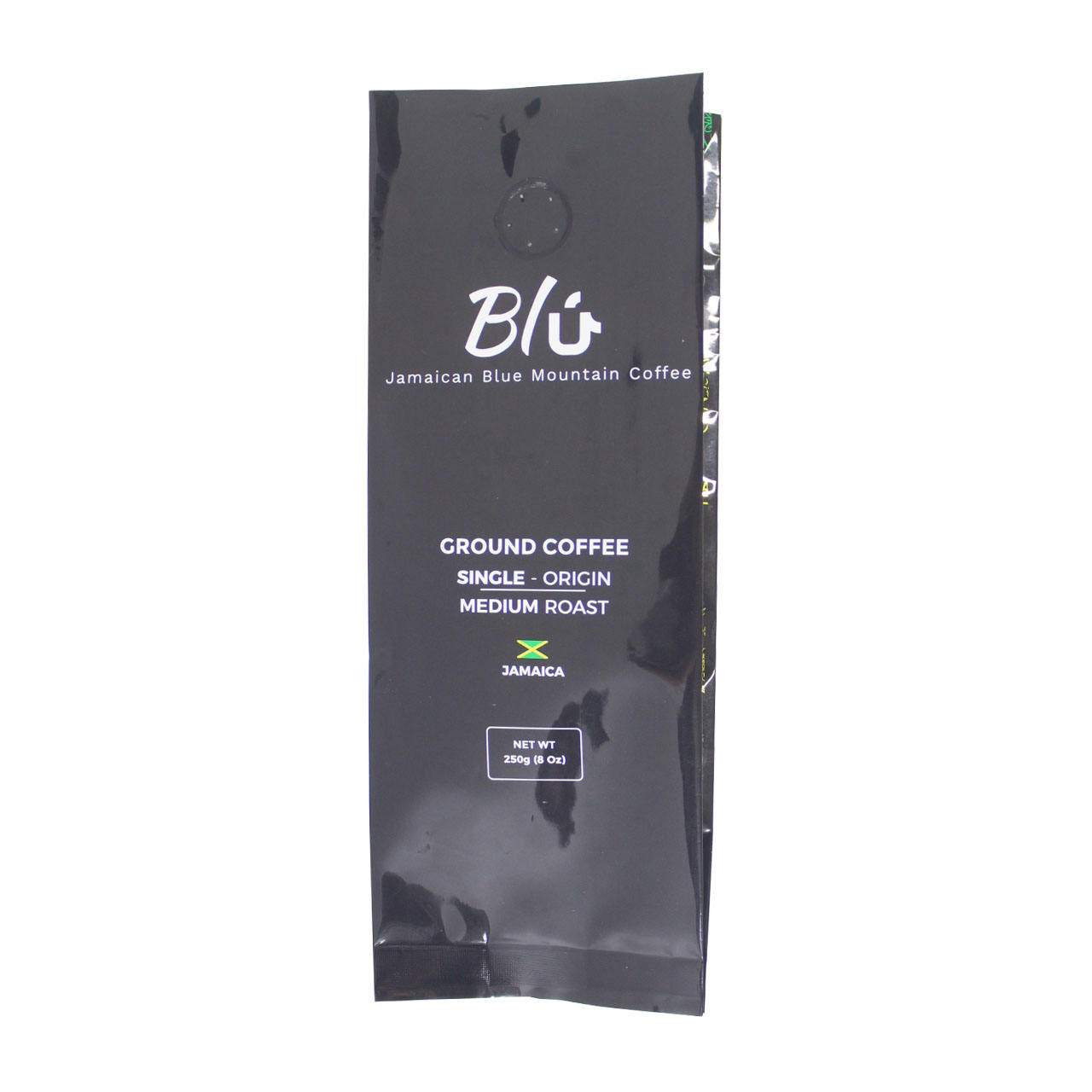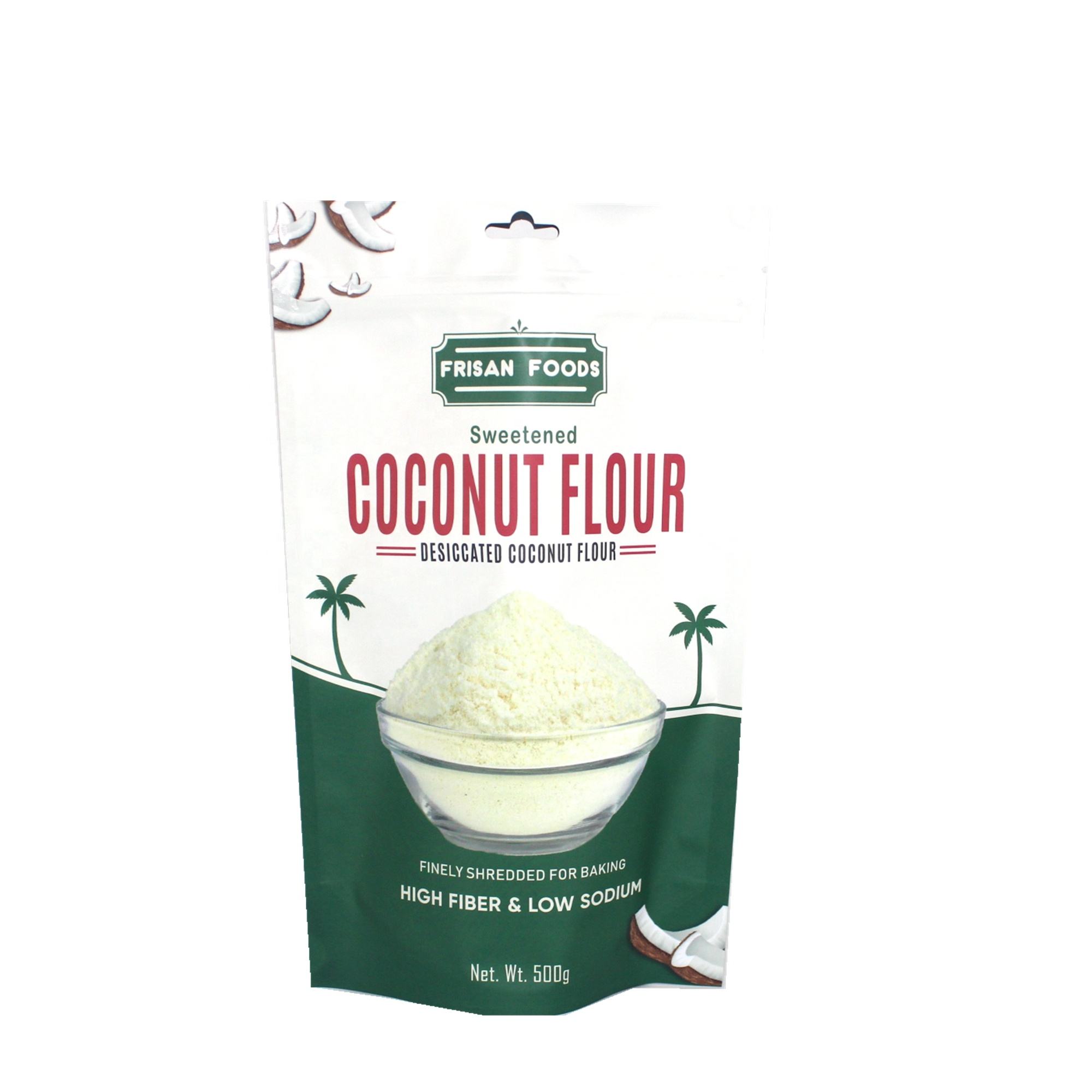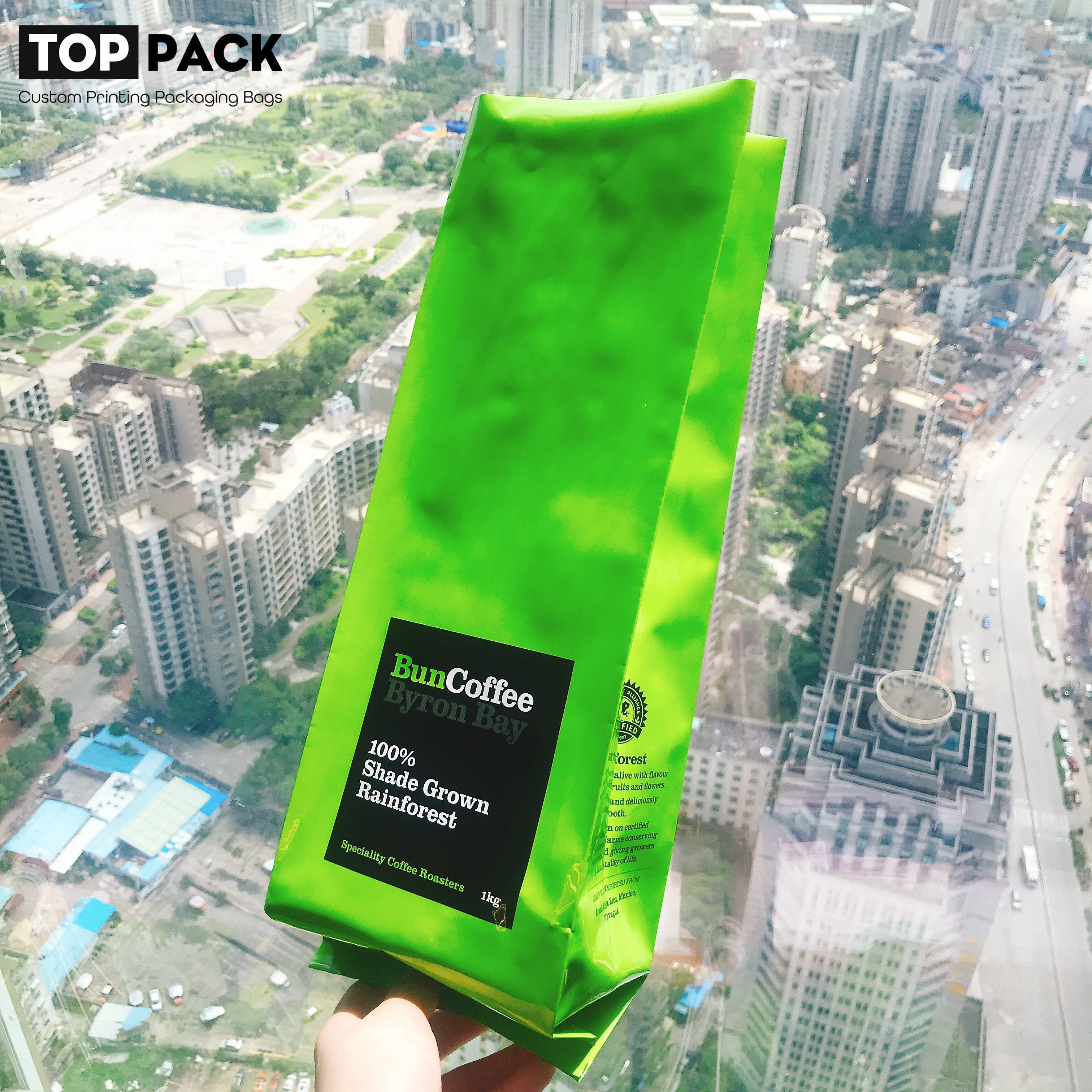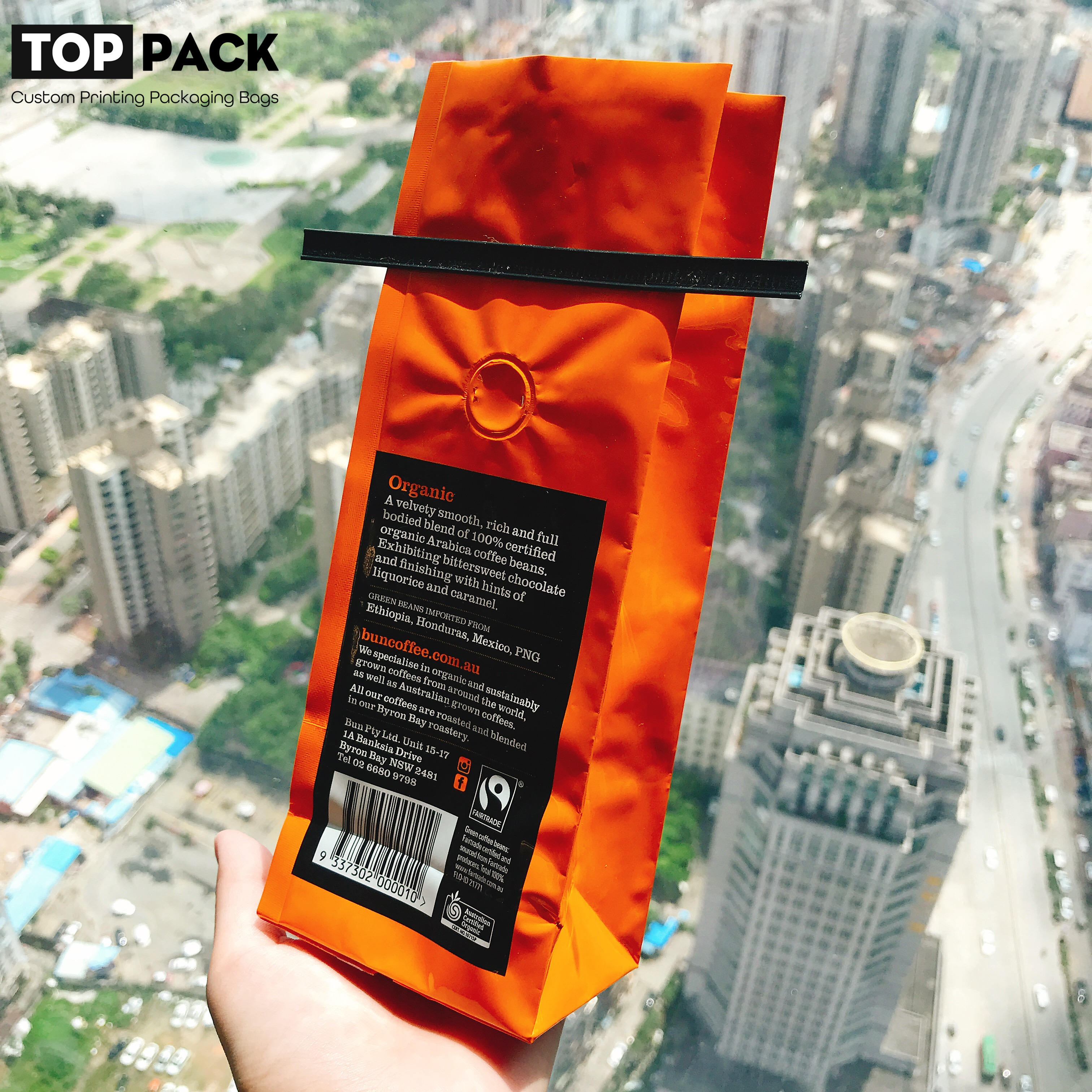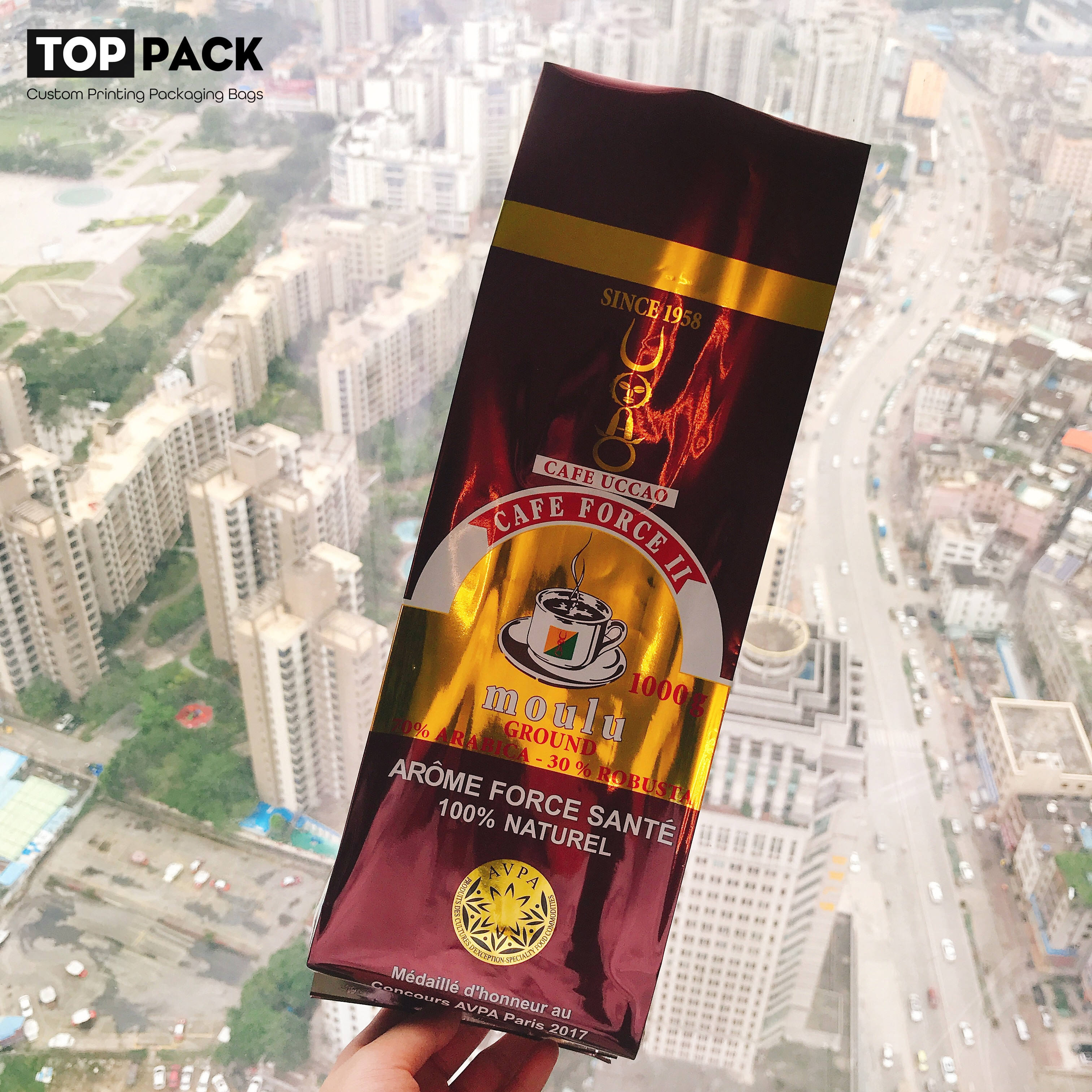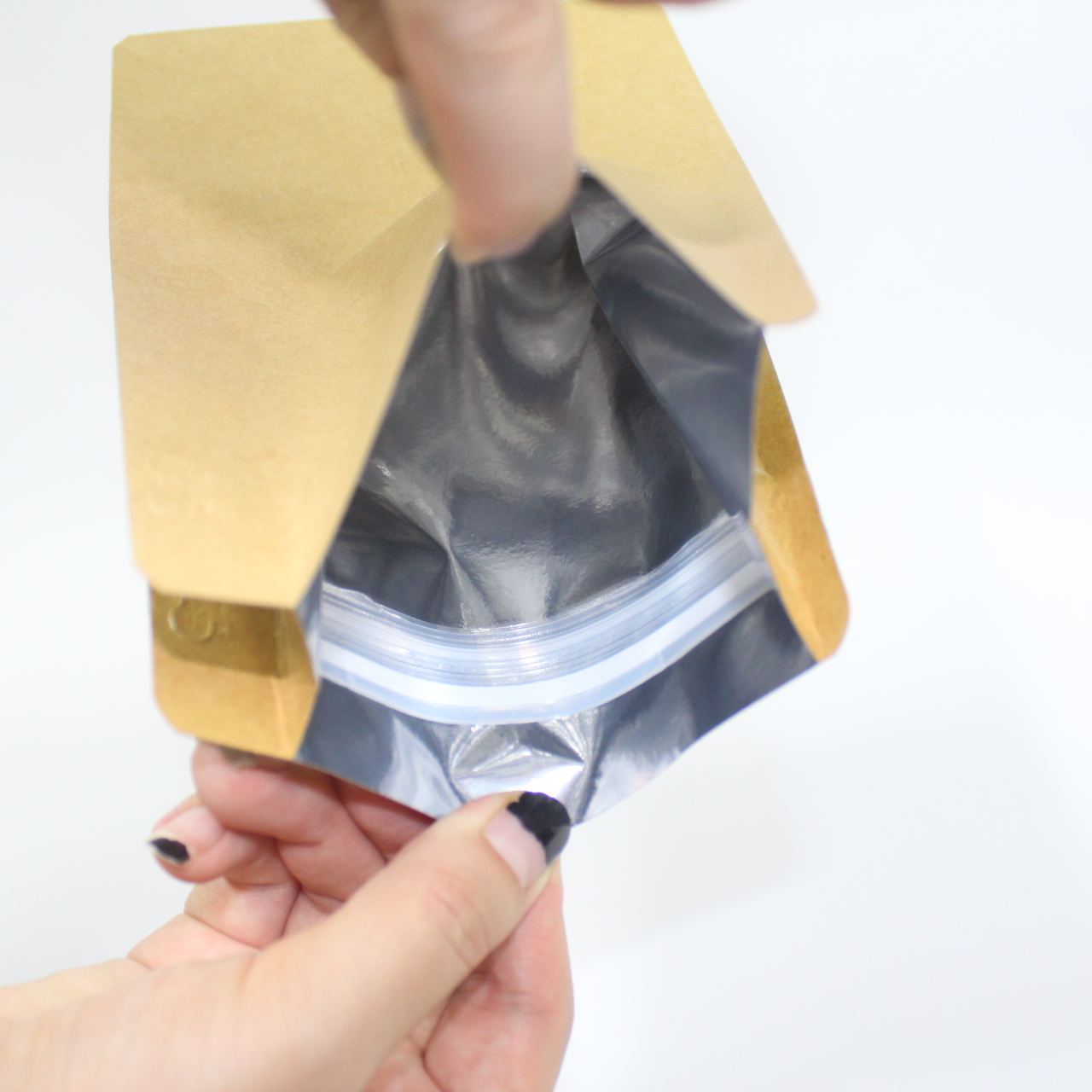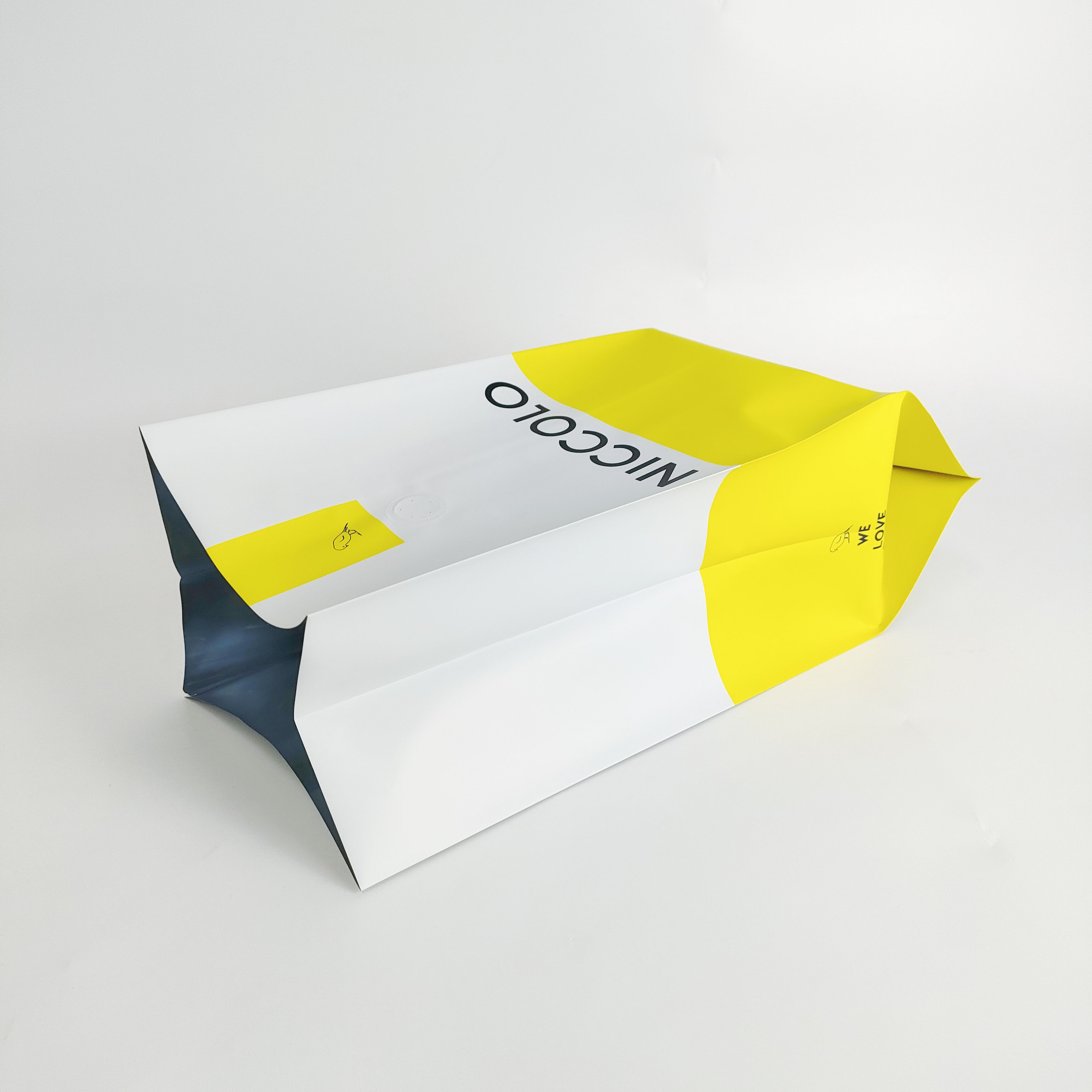Can Coffee Bags Be Recycled?
No matter how long you’ve been embracing a more ethical, environmentally conscious lifestyle, recycling can often feel like a minefield. Even more so when when it comes to coffee bag recycling!With conflicting information found online and so many different materials to learn how to recycle properly, it can be challenging to make the right recycling choices. This goes for products you’re likely to use every single day, like coffee bags, coffee filters and coffee pods.
In fact, you’ll soon find that mainstream coffee bags are some of the hardest products to recycle if you don’t have access to a special waste recycling initiative.
Is the earth changing with reusable coffee bags?
The British Coffee Association (BCA) is further promoting the UK government's vision for more efficient waste management and circular economy practices by announcing a plan to implement zero-waste packaging for all coffee products by 2025. But in the meantime, can coffee bags be recycled? And how can we do our best to recycle coffee packaging and support more sustainable coffee bags? We're here to answer the most frequently asked questions about coffee bag recycling and to uncover some persistent myths on the subject. If you're looking for an easy way to recycle your coffee bags in 2022, here's everything you need to know!
What are the different types of coffee bags?
First, let's look at how different types of coffee bags will require different approaches when it comes to recycling. You will usually find coffee bags made of plastic, paper or a mixture of foil and plastic, with the majority. of coffee packaging is 'flexible' rather than rigid. The nature of the packaging is essential when it comes to retaining the flavor and aroma of the coffee beans. Choosing a coffee bag that will meet environmental requirements without sacrificing quality can be a tall order for both independent and mainstream retailers. This is the reason why most coffee bags will be made of a multilayer structure, combining two different materials (often aluminum foil and classic polyethylene plastic) to preserve the bean quality of the beans and increase the durability of the bag. All this while remaining flexible and compact for easy storage. In the case of foil-and-plastic coffee bags, the two materials are nearly impossible to separate in the same way you would a carton of milk and its plastic cap. This leaves eco-conscious consumers with little to no alternative to leaving their coffee bags to end up in the landfill.
Can foil coffee bags be recycled?
Unfortunately, the popular foil-lined plastic coffee bags cannot be recycled through the city council's recycling plan. This also applies to coffee bags that are usually made of paper. You can still do this. If you take both separately, you must reuse them. The problem with coffee bags is that they are classified as "composite" packaging. This means that the two materials are inseparable, meaning they can be reused. Composite packaging is one of the most sustainable packaging options used in the food and beverage industry. That's why agents sometimes try to find a solution to a problem. As technology advances, I am sure many companies will start using eco-friendly coffee bag packaging.
Can coffee bags be recycled?
So the big question is whether coffee bags can be recycled. The simple answer is that most coffee bags cannot be recycled. When dealing with foil-lined coffee bags, recycling opportunities, even if they do not exist, are severely limited. But that doesn't mean you have to throw all your coffee bags into the trash or find a creative way to reuse them. You can get a reusable coffee bag.
Reusable coffee bag types and eco-friendly packaging
Fortunately, more and more eco-friendly coffee bag options are entering the packaging market.
Some of the most popular eco-coffee packaging materials that can be recycled are:
LDPE package
Paper or kraft paper coffee bag
Compostable coffee bag
LDPE package
LDPE is a type of recyclable plastic. LDPE, which is coded as 4 in the plastic resin code, is an abbreviation for low density polyethylene.
LDPE is suitable for reusable coffee bags. But if you're looking for something that's as environmentally friendly as possible, it's a kind of unique thermoplastic made from fossil fuels.
Coffee paper bag
If the coffee brand you are visiting offers a coffee bag made of 100% paper, it is as easy to recycle as any other paper package. A quick Google search will find several retailers offering kraft paper packaging. A biodegradable coffee bag made from wood pulp. Kraft paper is a material that is easy to recycle. However, foil-lined kraft paper coffee bags are not recyclable due to the multi-layered material.
Clean paper bags are a great choice for coffee lovers who want to make reusable coffee bags using natural materials. Kraft paper coffee bags allow you to throw empty coffee bags into the regular trash can. The quality deteriorates and disappears in about 10 to 12 weeks. The only problem with single-layer paper bags is that the coffee beans cannot be kept in top condition for long periods of time. Therefore, it is advisable to store the coffee in a freshly ground paper bag.
Compostable Coffee Bags
You now have compostable coffee bags that can be placed in compost piles or green bins collected by councils. Some kraft paper coffee bags are compostable, but all must be natural and unbleached. Packaging in a common type of compostable coffee bag prevents PLA. PLA is an abbreviation for polylactic acid, a type of bioplastic.
Bioplastic, as the name suggests, is a type of plastic, but it is made from renewable natural resources rather than fossil fuels. Plants used to make bioplastics include corn, sugarcane, and potatoes. Some coffee brands may market coffee bag packaging as fast compostable packaging that is lined with the same foil and polyethylene blend as non-compostable packaging. Be aware of the tricky green claims that are labeled "biodegradable" or "compostable" but don't really exist. Therefore, it is advisable to look for certified compostable packaging.
What can I do with an empty coffee bag?
Finding a way to recycle coffee bags may be a top priority, but there are other ways to reuse empty coffee bags to fight disposable plastics and have a positive impact on a cyclical and eco-friendly lifestyle. There is also. It can be reused as a flexible container for wrapping paper, lunch boxes, and other kitchen utensils. Thanks to its durability, coffee bags are also a perfect replacement for flowerpots. Simply make a few small holes in the bottom of the bag and fill it with enough soil to grow small and medium-sized indoor plants. More creative and savvy DIYers of all want to collect enough coffee bags to create intricate handbag designs, reusable shopping bags, or other upcycled accessories. maybe.
End coffee bag recycling
So can you recycle your coffee bag?
As you can see I have a mixed bag.
Some types of coffee bags can be recycled, but doing so is difficult. Many coffee packages are multi-layered with different materials and cannot be recycled.
At a better stage, some coffee bag packaging can be composted, which is a much more sustainable option.
As more independent roasters and the British Coffee Association continue to promote sustainable coffee bags, I can only imagine what advanced solutions like plant-based compostable coffee bags will look like in a few years.
This will definitely help you and I recycle our coffee bags more easily!
In the meantime, there are always more versatile pots to add to your garden!
Post time: Jul-29-2022

